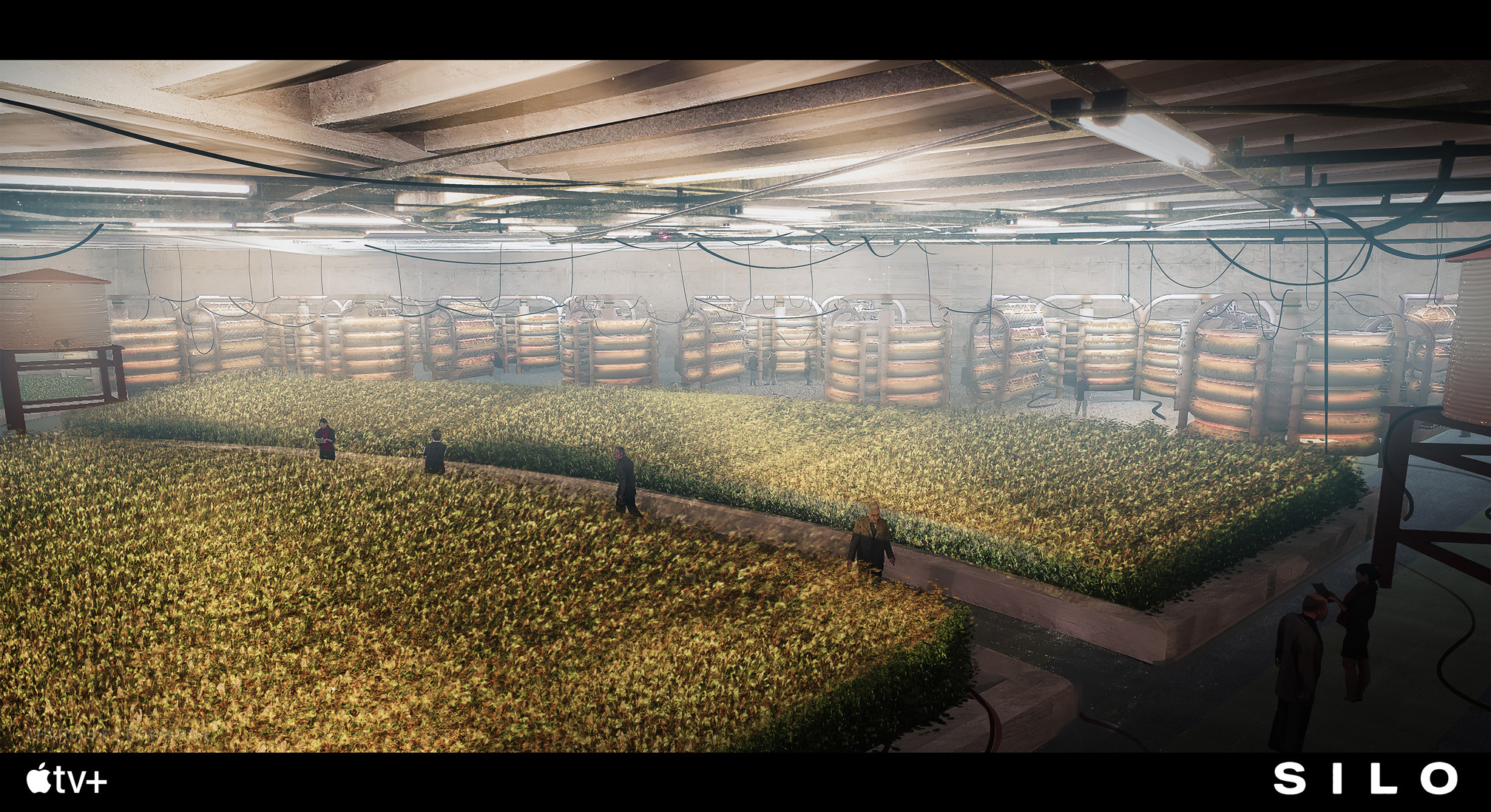
Silo's Secret: Advanced Farming for Survival Underground
In the TV show Silo, advanced farming is a cornerstone of underground survival. With a community of 10,000 people relying on limited resources, innovative agricultural techniques are essential. This article explores the methods used in Silo, including hydroponics and aquaponics, to sustain life below the surface. As climate adaptation becomes increasingly crucial, these techniques offer insights into sustainable agriculture. Join us as we delve into the world of underground farming and discover how Silo's community thrives against the odds.
Hydroponics: The Backbone of Silo's Agriculture
Hydroponics plays a pivotal role in Silo's food production. This soil-less farming method allows for efficient use of space and resources, crucial in an underground setting. By using nutrient-rich water solutions, crops like tomatoes and lettuce thrive in controlled environments. This section explores how hydroponics maximizes crop yield and supports the community's dietary needs.
Nutrient Solutions and Crop Yield
In hydroponics, nutrient solutions are tailored to specific crops, ensuring optimal growth. This precision farming technique enhances crop yield, making it ideal for Silo's limited space. By adjusting nutrient levels, farmers can produce high-quality vegetables consistently, supporting the community's nutritional requirements.
Space Efficiency and Resource Management
Hydroponics allows for vertical farming, maximizing space efficiency. In Silo, this method is crucial for managing resources effectively. By stacking crops vertically, farmers can grow more in less space, ensuring a steady food supply. This approach also reduces water usage, aligning with sustainable practices.
Aquaponics: Integrating Fish and Plants
Aquaponics combines aquaculture and hydroponics, creating a symbiotic environment for fish and plants. In Silo, this method enhances food production by utilizing fish waste as plant nutrients. This section examines how aquaponics contributes to a balanced ecosystem, supporting both plant and animal life.
The Symbiotic Relationship
In aquaponics, fish and plants coexist in a mutually beneficial system. Fish waste provides essential nutrients for plants, while plants filter and purify the water for fish. This natural cycle reduces the need for chemical fertilizers, promoting a sustainable and eco-friendly farming method.
Sustainability and Biodiversity
Aquaponics supports biodiversity by integrating multiple species into a single system. In Silo, this method not only produces food but also maintains ecological balance. By fostering diverse plant and animal life, aquaponics contributes to a resilient and sustainable agricultural model.
Genetically Modified Organisms: Enhancing Crop Resilience
Genetically modified organisms (GMOs) play a role in Silo's agricultural strategy. By enhancing crop resilience, GMOs help overcome challenges posed by limited resources and environmental constraints. This section explores the benefits and considerations of using GMOs in underground farming.
Improving Crop Resistance
GMOs are engineered to resist pests and diseases, reducing the need for chemical pesticides. In Silo, this trait is invaluable, as it ensures crop survival in a confined environment. By enhancing resistance, GMOs contribute to a stable and reliable food supply.
Balancing Innovation and Ethics
While GMOs offer significant advantages, ethical considerations must be addressed. In Silo, the use of GMOs is carefully managed to balance innovation with ecological impact. This approach ensures that technological advancements align with sustainable and ethical farming practices.
Traditional Agriculture: Complementing Modern Techniques
Despite advanced methods, traditional agriculture remains a vital component of Silo's food production. By integrating conventional farming with modern techniques, Silo achieves a diverse and balanced agricultural system. This section highlights the role of traditional practices in supporting underground survival.
Crop Rotation and Soil Health
Crop rotation is a traditional practice that enhances soil health and fertility. In Silo, this method complements modern techniques by maintaining nutrient-rich soil. By rotating crops, farmers prevent soil depletion, ensuring long-term agricultural sustainability.
Livestock and Integrated Farming
Raising livestock, such as rabbits, provides additional food sources and supports integrated farming. In Silo, livestock contribute to a closed-loop system, where waste is recycled as fertilizer. This integration enhances resource efficiency and supports a self-sustaining agricultural model.
Conclusion
Silo's advanced farming techniques demonstrate the potential of innovative agriculture in challenging environments. By combining hydroponics, aquaponics, GMOs, and traditional methods, Silo creates a resilient and sustainable food system. As climate adaptation becomes increasingly important, these techniques offer valuable insights for future agricultural practices. Explore the possibilities of advanced farming and discover how these methods can transform food production in diverse settings.